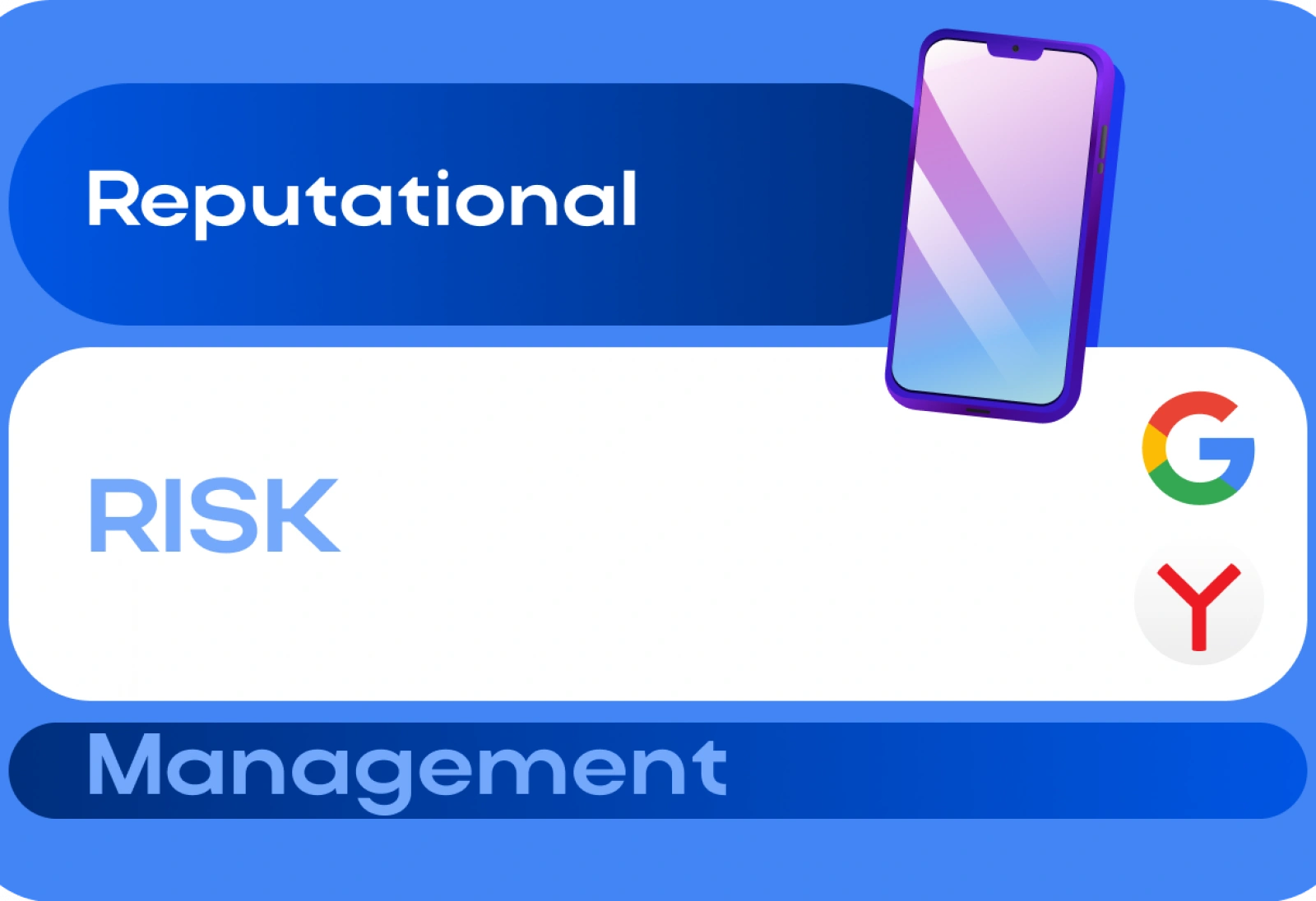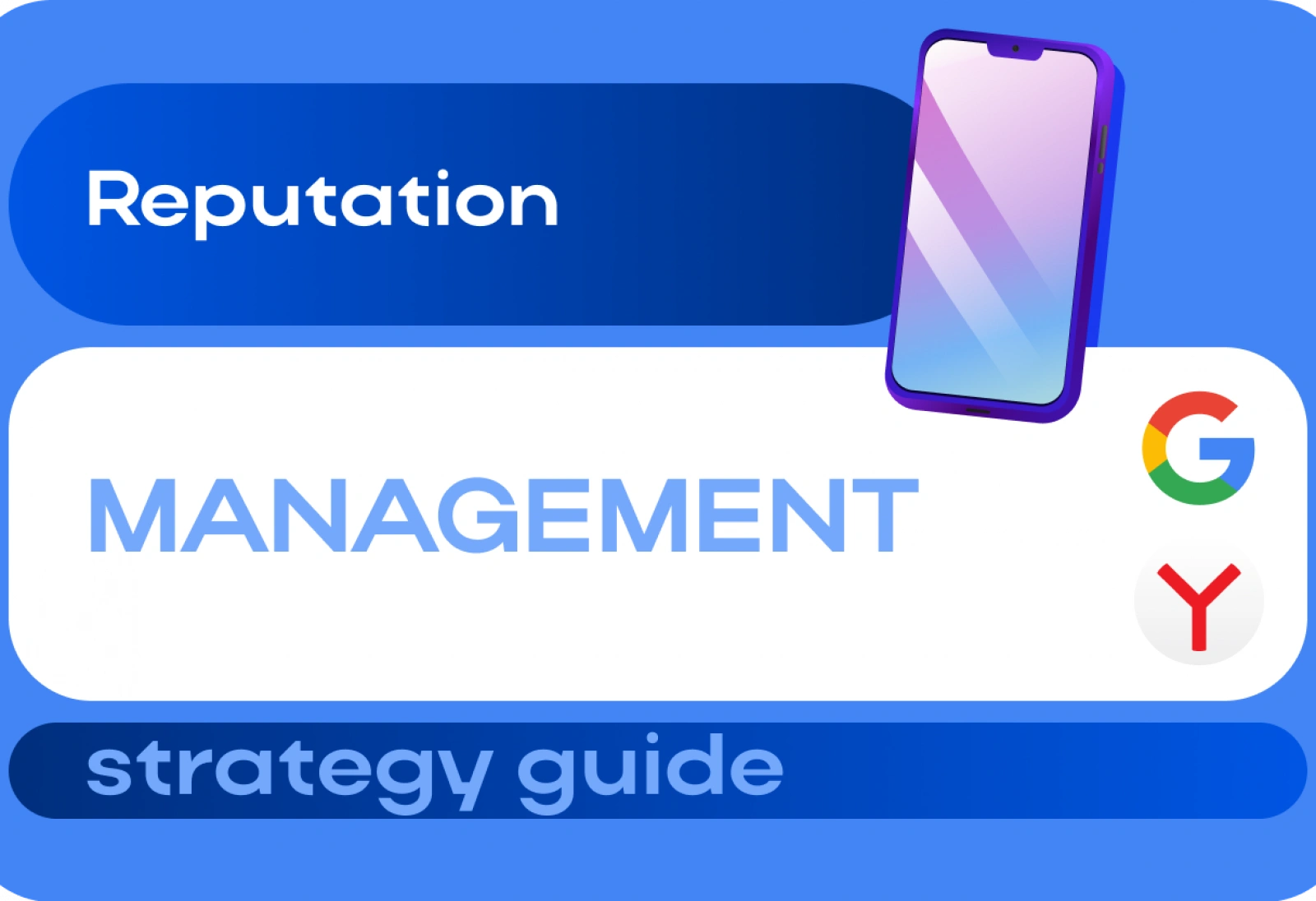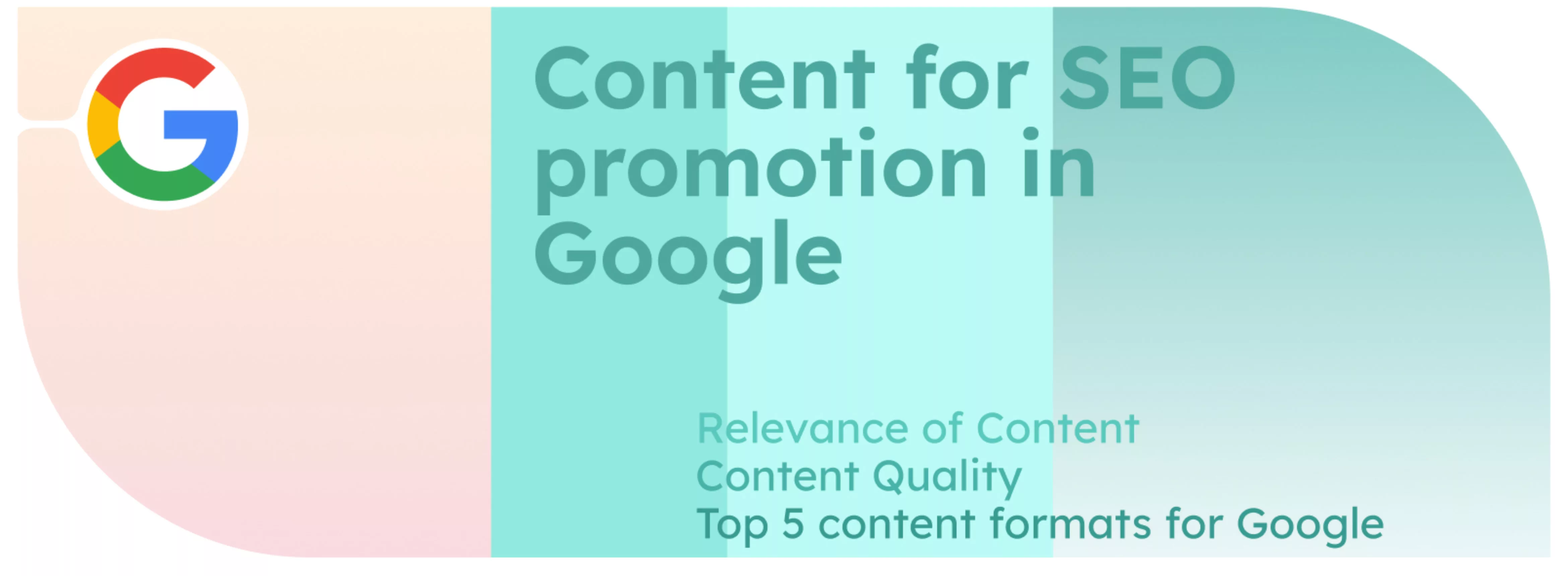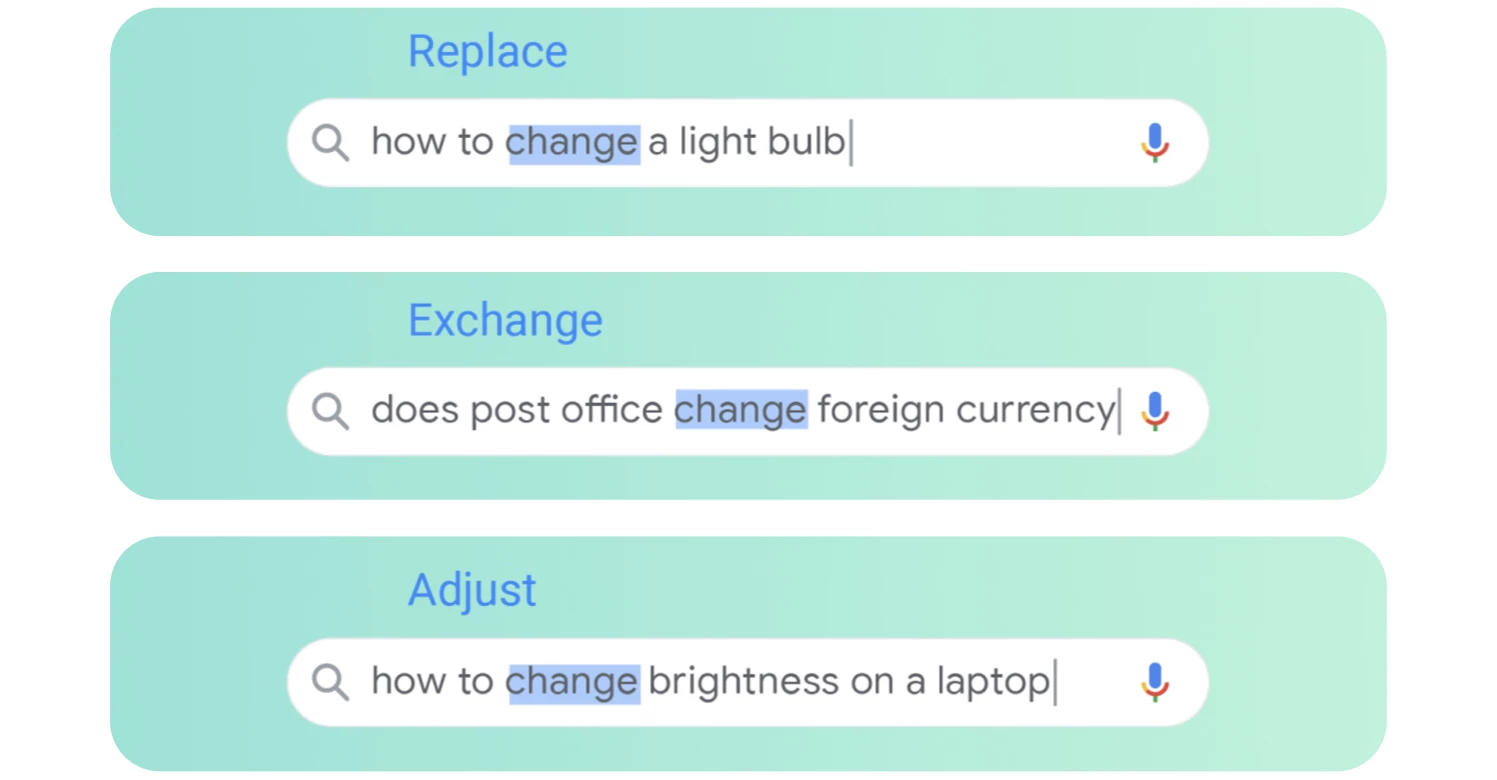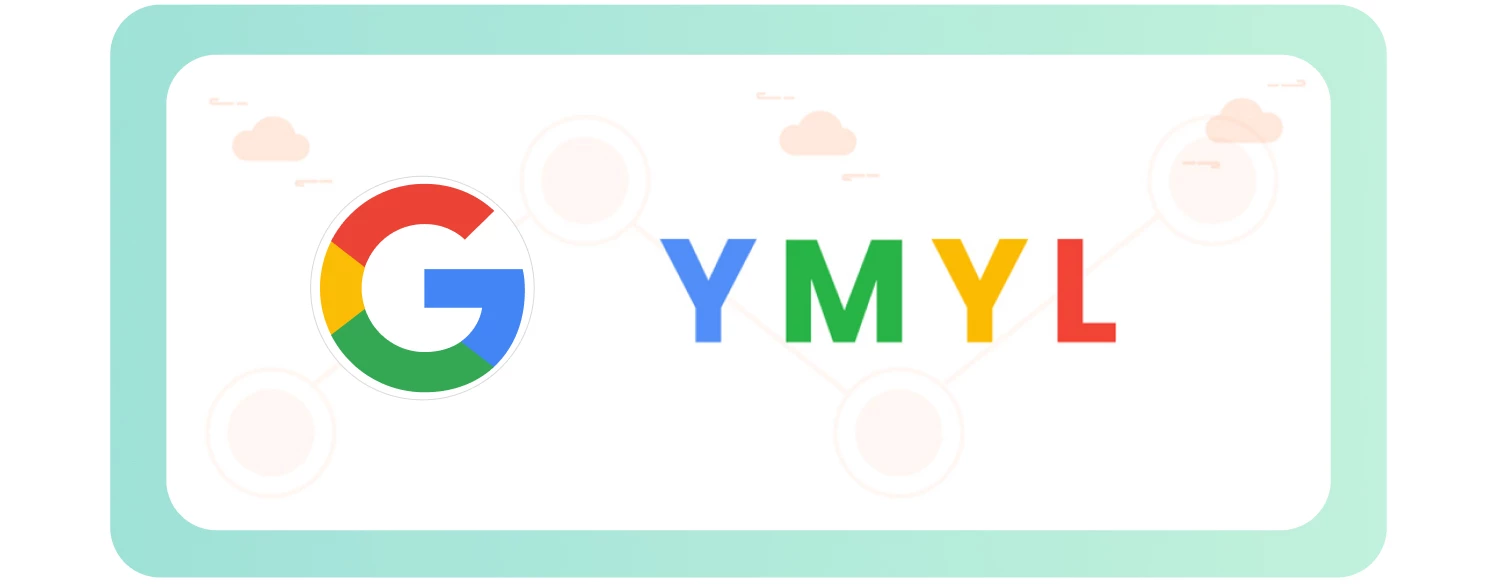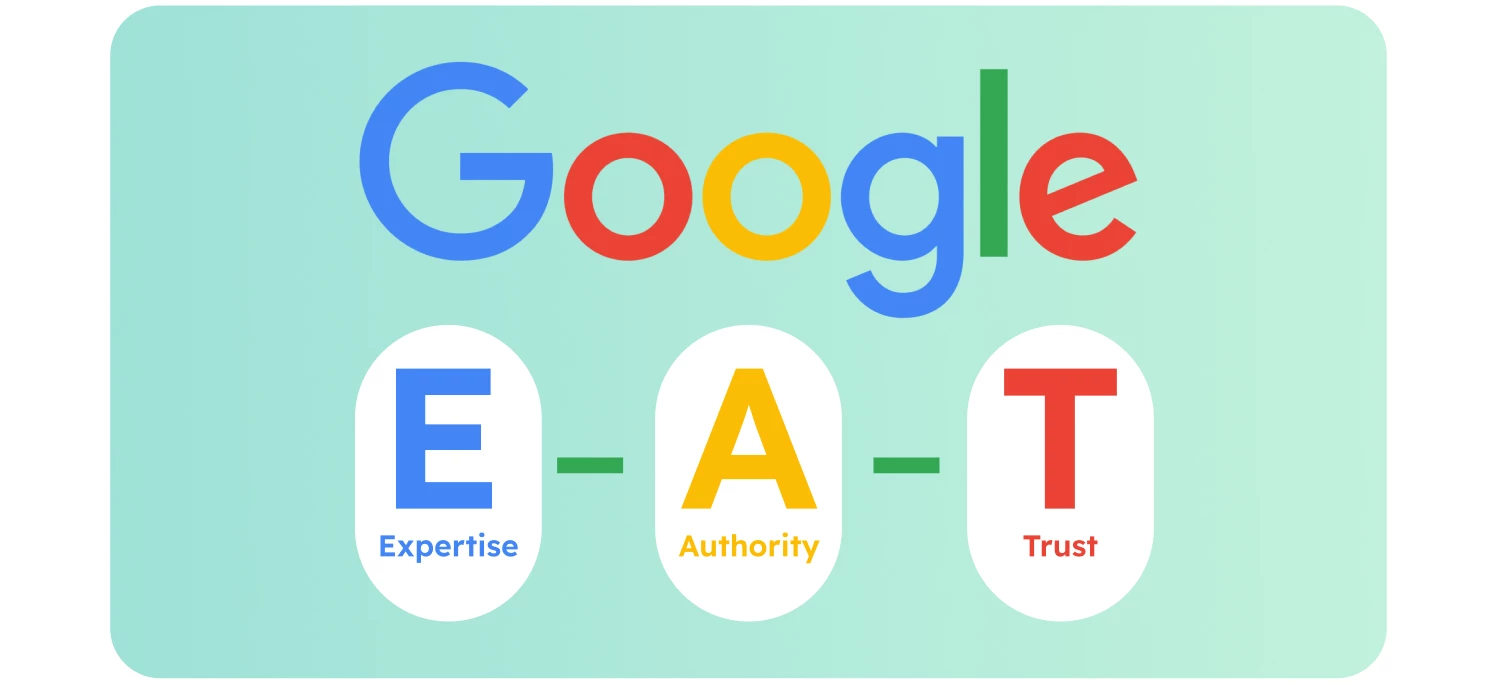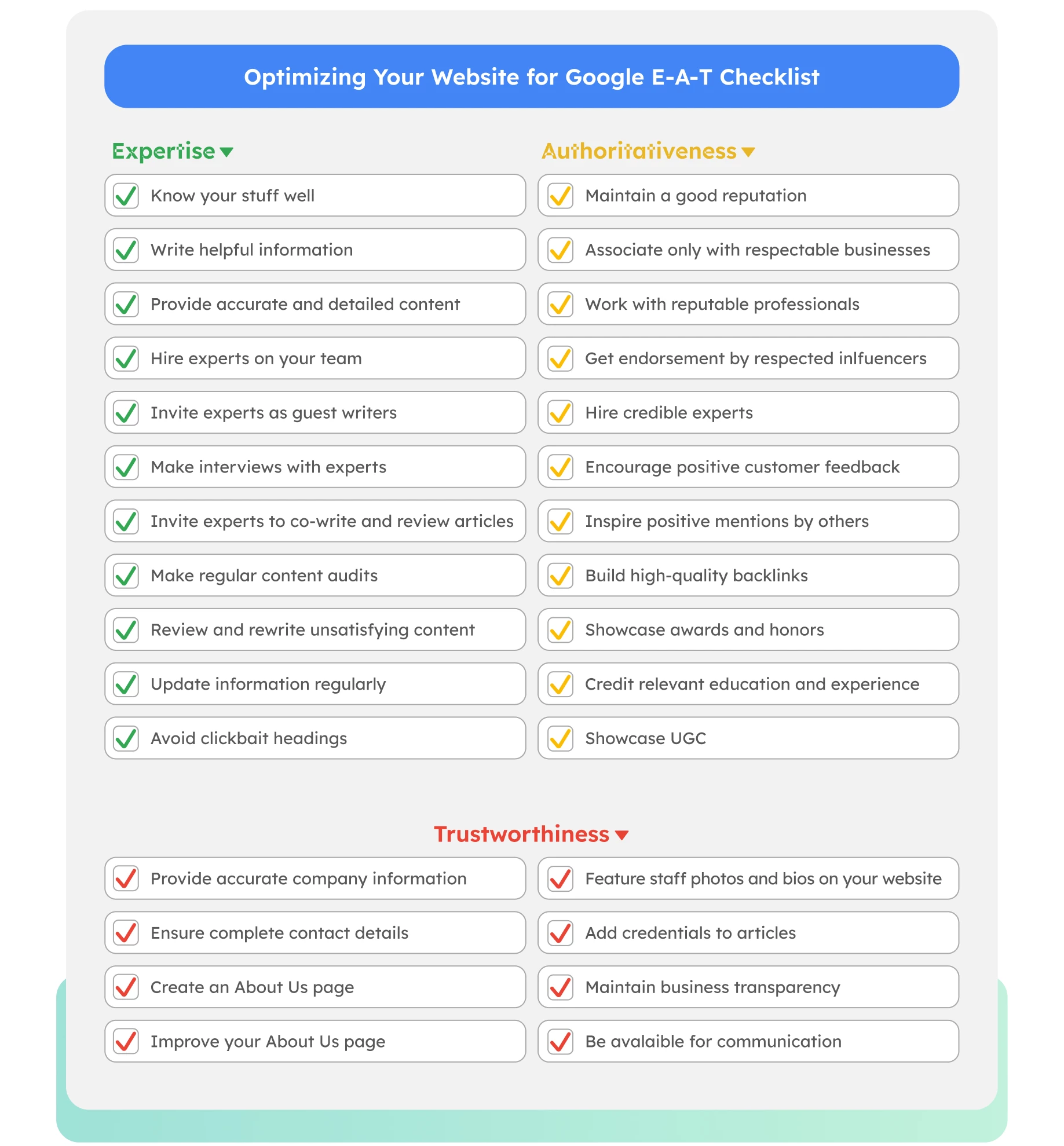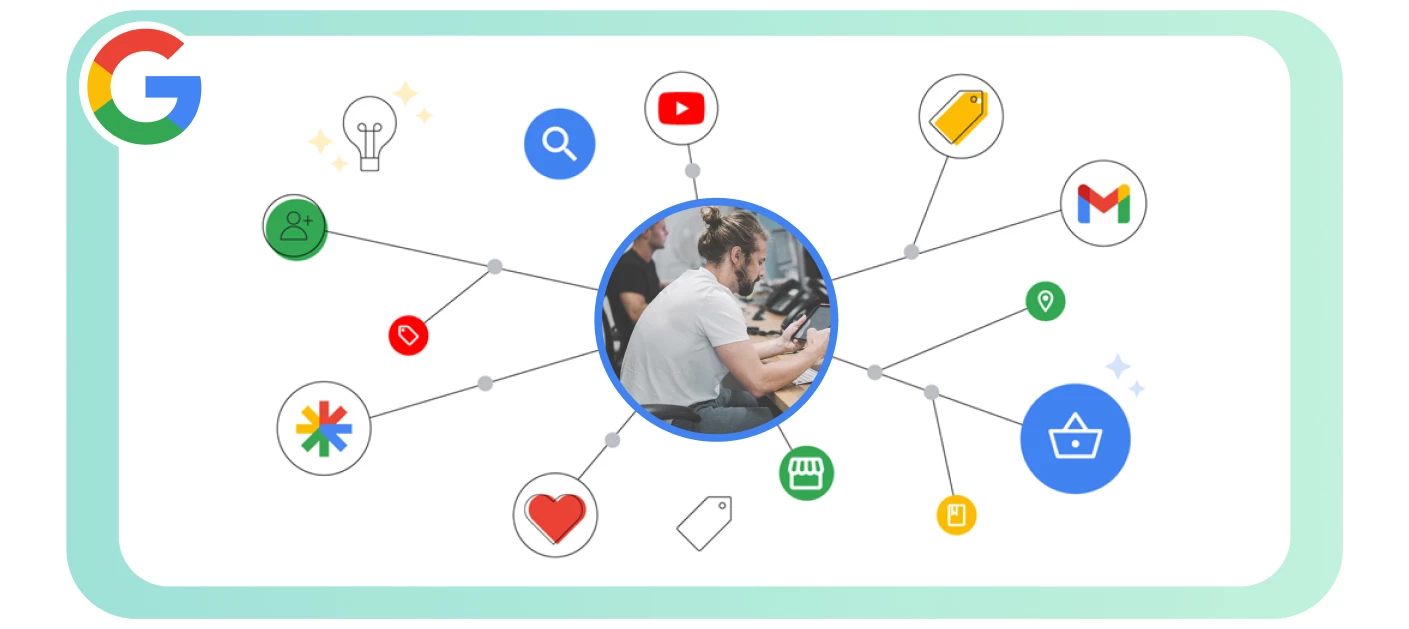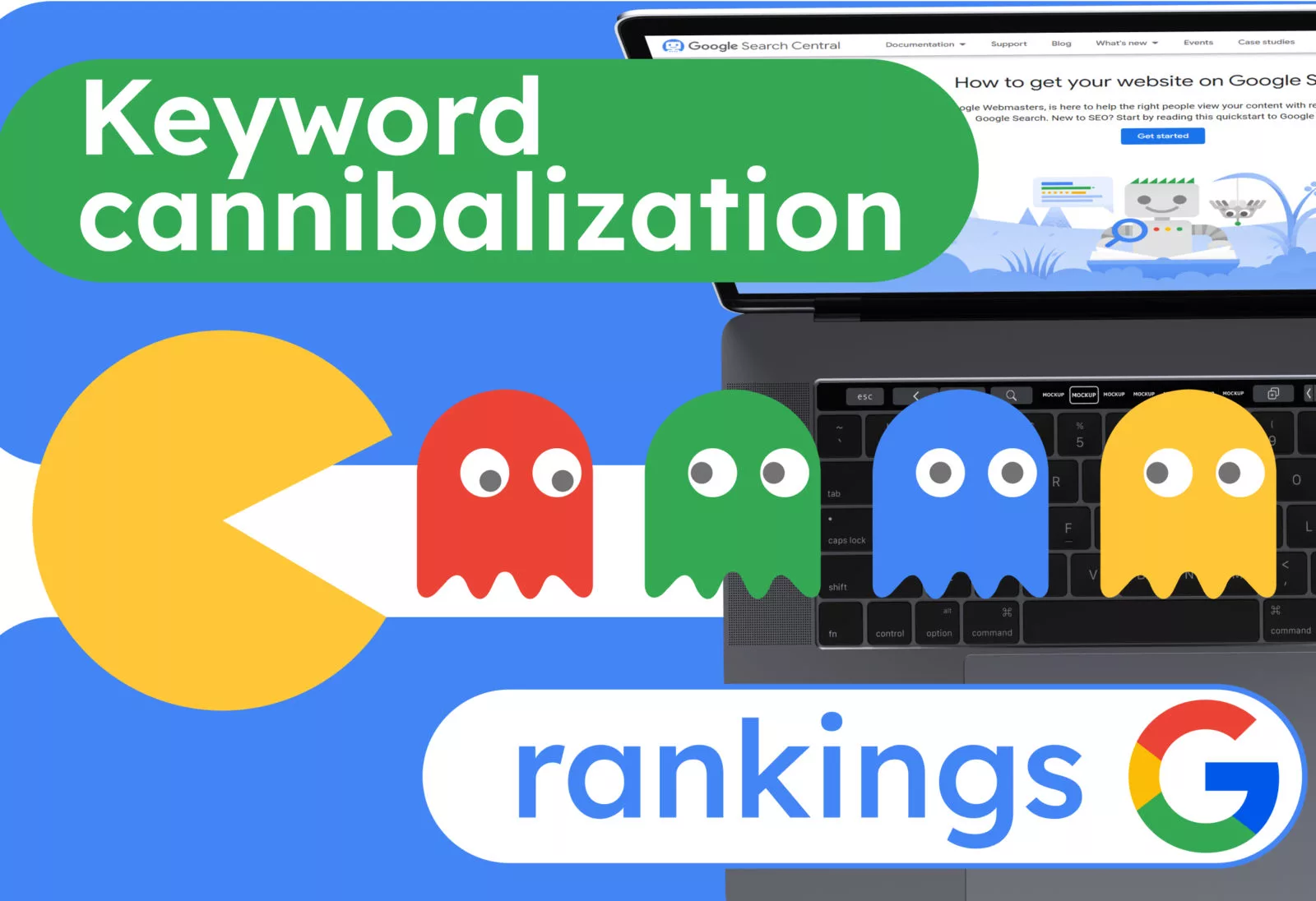Content for SEO promotion in Google
Hello, everyone! In this article, we will talk about how much content influences the ranking of your website in Google search results. Yes, even from the consumer’s point of view, we see that content is crucial, as users visit your resource precisely for it. However, it is worth thinking about how it affects SEO and what the quality content for SEO optimization in Google should look like.
What does Google say
In the realities of content, it is the foundation of Google search, for which it essentially exists. This is clearly described on the “How Search Works” page. Here Google directly writes that they take into account when indexing pages and their content.
Value – The meaning of your request
Search engine algorithms help the user find the necessary meaning through prompts even during the search. In fact, if your search query is popular enough and is present in search prompts, it will definitely be easier for you to get to the TOP SERP. By the way, this is especially relevant for blogs, online stores, and news sites.
“This process involves different stages – from simple correction of spelling errors to the use of synonymous equivalents, allowing to find the necessary resources even if they do not contain words from the search query. For example, a user may enter “adjust laptop screen brightness” in the search bar, while the manufacturer’s instructions may say “laptop screen brightness adjustment”. Our algorithm understands the meaning expressed by the words in the query and suggests suitable results.”—Google
Relevance of Content
The system matches a search query and its intent (search intent) with the content of the page to determine if the query will help the user.
“The relevance of content to the query is determined not only by comparing keywords. For example, relevance is assessed based on generalized and anonymized data on how users interact with search results. We convert this data into signals that enable our machine learning algorithms to better handle the evaluation. For example, when searching for “dog,” a user is unlikely to be interested in a page where the desired word is written hundreds of times.”—Google
Content Quality
Google has its own criteria for evaluating the quality of content, using a complex assessment of signals and user data. The search engine determines the quality of content and ranks it in SERP in descending order.
“One such signal is the presence of links to content from other well-known sites. This is often a good indicator of the credibility of the information. To teach our systems to more accurately determine the quality of information, we use aggregated data on the quality ratings of results in Google Search.”—Google
Usability
The next recommendation from Google is the ease of interacting with content. This can include numerous factors, from loading speed to optimizing the user experience (UX).
“Our systems also evaluate the ease of viewing content. All other things being equal, more accessible content can be more useful.
For example, our systems assess the ease of working with a page, including optimization for mobile devices. We also check the loading speed of content, which plays an important role for users of phones and tablets.”—Google
*Important note: The quote mentioned a link to a document for developers that describes the evaluation factors. You can review it independently via this link.
Context of the request
And the last part of the Google application algorithm is the context of the query.
The search engine analyzes the location, previous queries, and other user data
to determine intent.
“We show search results based on the user’s country and location data. For example, if a resident of Chicago enters a query for “football”, they will primarily be shown information about American football and the Chicago Bears club.
If the query for “football” comes from a user in Moscow, results related to regular football and the Russian Premier League will be given higher priority. Additionally, when selecting the most relevant results, Search settings are taken into account, including language and SafeSearch filters (which allow exclusion of inappropriate results).”—Google
So what’s the result?
Once Google manages to determine the meaning of the query (user intent), the algorithms analyze the content to determine the relevance of each page of the site to the given query. This leads us to conclude that content is a ranking factor in Google’s SERP.
Recommendations from Google for content development
Now let’s move on to the interesting part. What exactly matters in the content and what the algorithms look at strongly depends on the type of content. For example, sites with YMYL content have much stricter requirements.
*Note: YMYL (Your Money or Your Life) – sites that can impact people’s financial well-being, safety, and health.
This includes websites of the following themes:
● News sites that publish international events, politics, business, science, and technology;
● Social service, lawyer, and government agency websites;
● Financial-oriented websites and services;
● All websites related to health, medicine, and safety;
● Virtually the entire e-commerce segment.
By the way, Google’s content recommendations have hardly changed in a year.
Here are the fresh recommendations:
1. Write clear and easy-to-read text;
2. Organize topics on the website;
3. Create fresh and unique content;
4. Aim to gain the trust of users;
5. Make the content expert;
6. Monitor the amount of advertising on the website pages (to not distract users from consuming content);
7. Use links wisely.
You can find more details about these recommendations by following the link. Interestingly, not all of the above-mentioned recommendations are ranking factors, but the ranking guide plainly states that Google looks at E-A-T(Expertise, Authoritativeness, Trustworthiness). (We’ll talk about it a little later).
*Note: E-A-T (Expertise, Authoritativeness, Trustworthiness) is a Google algorithm designed to combat low-quality content. There is no concrete evidence that it is a ranking factor.
But here’s a checklist to ensure that your website complies with these recommendations:
And in 2016, during a Google Q&A session, senior Google engineer Andrey Lipatsev was asked if he could name the two main ranking factors. To which he replied:
“Yes. And I can tell you what they are. It’s content and links pointing to your site”.
He further clarified that these two factors do not have a gradation of importance and
are equivalent. And this again proves that content influences ranking in Google.
Top 5 content formats for Google
We have gathered for you content categories that will always be popular for indexing in Google. Each of them has its own specific advantages, so practice is necessary here, as with any other tool.
1. Interviews. In our opinion, interviews are one of the most underrated content formats. Interviews often contain valuable content for users, so Google naturally prefers pages/posts with interviews. Additionally, publications with interviews have many advantages, from backlinks to your materials to greater trust in your website from users due to the authority of guest experts.
2. More lists. People love lists, and Google loves unique content that includes lists. Moreover, lists are easy to create and can be dedicated to any topic that interests your audience. (And yes, you are currently reading a list too;))
3. Research and surveys. People like to know the opinions of other users, especially if the topic is popular. Conduct your own survey or research. Yes, it will take time to collect data or carry out experiments, but with the right approach, the results can be amazing. Don’t forget to visualize and organize the obtained results. If the content is of high quality, there is a good chance of receiving a substantial number of external links when other publications reference your page. This greatly helps with promotion.
4. Comparisons of products, services, or tools. To grab Google’s attention, your comparison should be comprehensive, unique, and useful for potential readers. Even if you are writing sponsored material, try to make it interesting.
5. Cases. Case studies are one of the best content formats that you can present on a company’s website. It brings both expertise and promotion. Add an intriguing headline and invest in a good copywriter to increase your chances of ranking in the top results.
Optimization content recommendations
And finally, here is a list of recommendations that you definitely need to use when creating and optimizing content for Google:
1. When writing each new publication, remember the search intent.
Ask yourself, “What does the user want to get for this query?” You can check the search intent for a keyword using the Semrush Keyword Magic Tool.
2. Place keywords in publications wisely.
Unfortunately, using typical “keyword stuffing” can only worsen the situation and lead to penalties from the search engine. “Keyword stuffing” has become so common that Google has officially included it in its spam fighting rules. Sites that violate the search engine’s spam policy may be downgraded in rankings or even removed from search results.
3. Create detailed content.
The better your publication reveals the topic, the more chances it has to appear in the expanded issue. To simplify your life, use key words consisting of queries. But keep in mind that the intent should match the content. Additionally, you can develop related topics based on your keywords, anticipating possible user questions/interests.
4. Image optimization.
In SEO, content means not only text, but also images, videos, and animations. To improve loading speed, use images in webp format – more details can be found at this link. And don’t forget to specify your keyword in the tag to enhance the indexing of the page’s content.
5. Clear material structure.
Remember, the times when content could be created only for search engines without considering user convenience are far behind. Here is an example of a high-quality article structure.
6. External links.
To increase the domain authority, link to high-quality materials relevant to the topic from the top 3 SERP. Search engines perceive this as a trust factor.
7. Internal links.
Use internal links in publications for navigation and interlinking with previous related materials.
8. Meta Description.
Write it to be clear and reveal the content of the page. Additionally, include a keyword in it. Google highlights words that match the user’s search query.
✔️ Use internal links
✔️ Write compelling meta descriptions
✔️ Focus on readability
By following at least some of these recommendations, the quality of your content will definitely improve, which will help you achieve higher positions in SERP.
Conclusion
Dear friends! Thank you for reading the article to the end! We have shared our opinion that content is a ranking factor, so creating content definitely requires a certain focus from your company.
